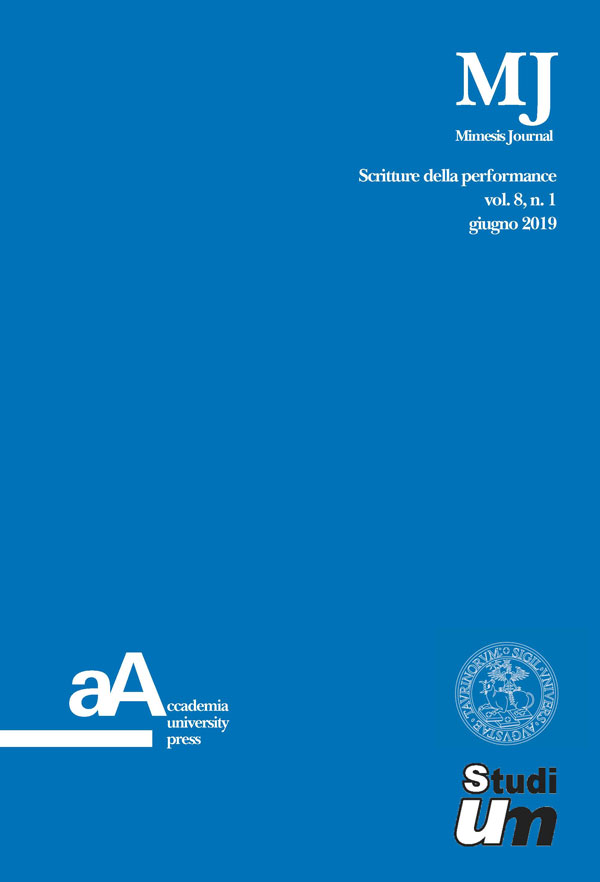La danza meccanica
Automi danzanti fra XVI e XVII secolo
DOI:
https://doi.org/10.4000/mimesis.1674Abstract
Within the culture of Ancien Régime, the study of the movement of human body is so present in the society of the time as to create the obsession of its reproduction through the creation of automata, born precisely from the desire to penetrate into the structure of the body for dominate its movements and therefore be able to reproduce them. Today this subject has returned to great relevance and appears to be indispensable for understanding all the discourses that concern the dance of every age and culture. The notion of modeling of human movement opens up reflection on the prospects in computer graphics, cinema and video games. The dancing automata between the sixteenth and seventeenth centuries incorporate the values of the courtesan ethics, they are the mirror of the court and are placed halfway in that process that will transform the meraviglia into science, having revealed and described its artifice.


